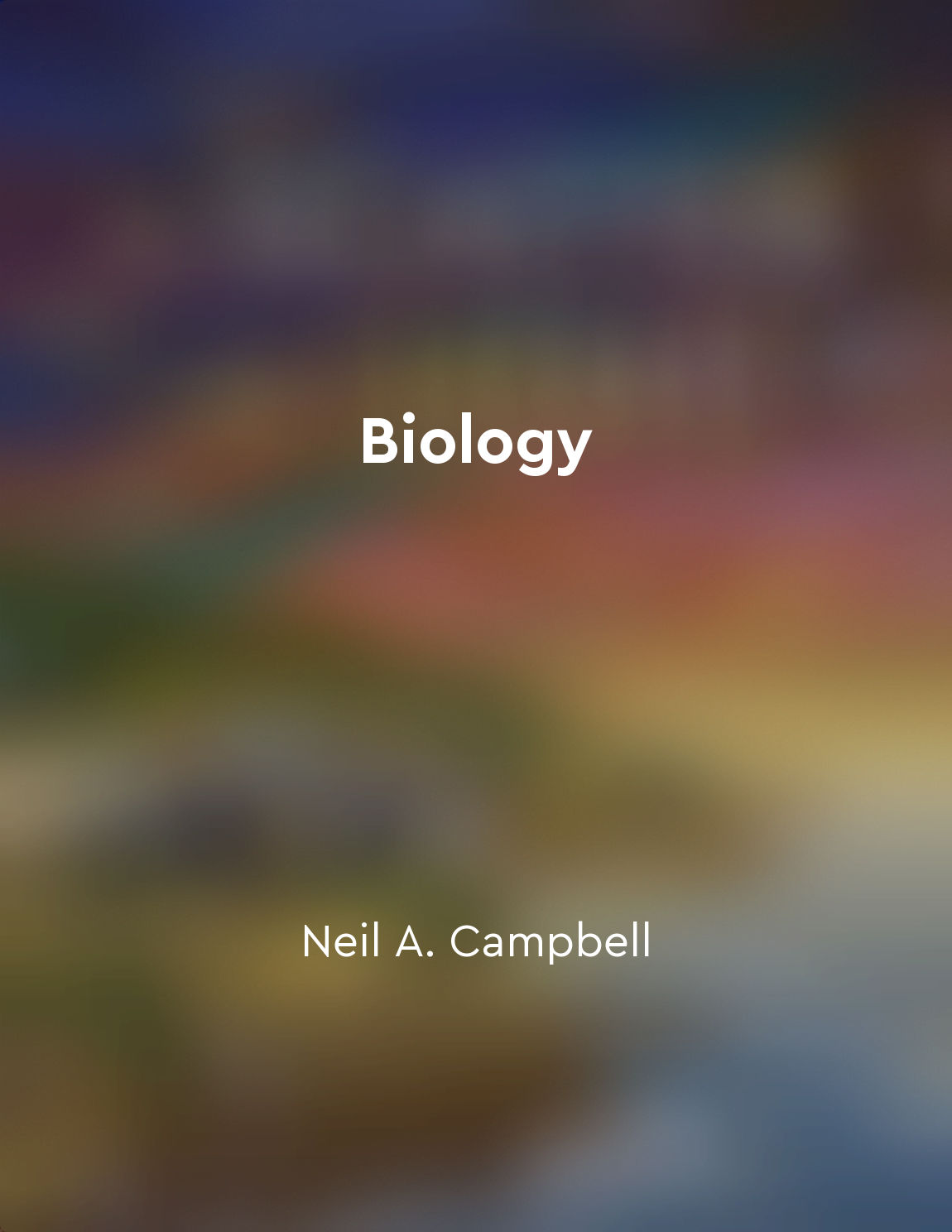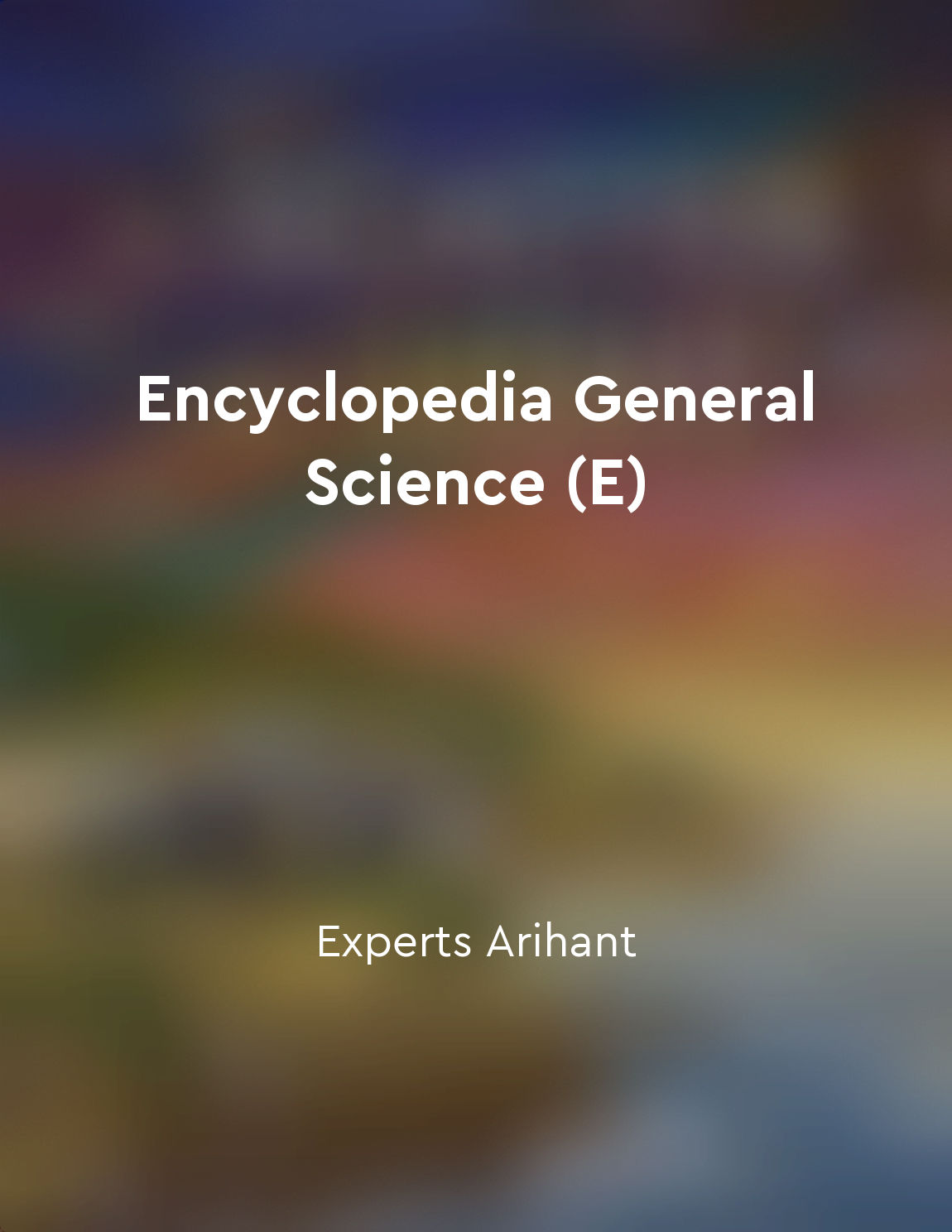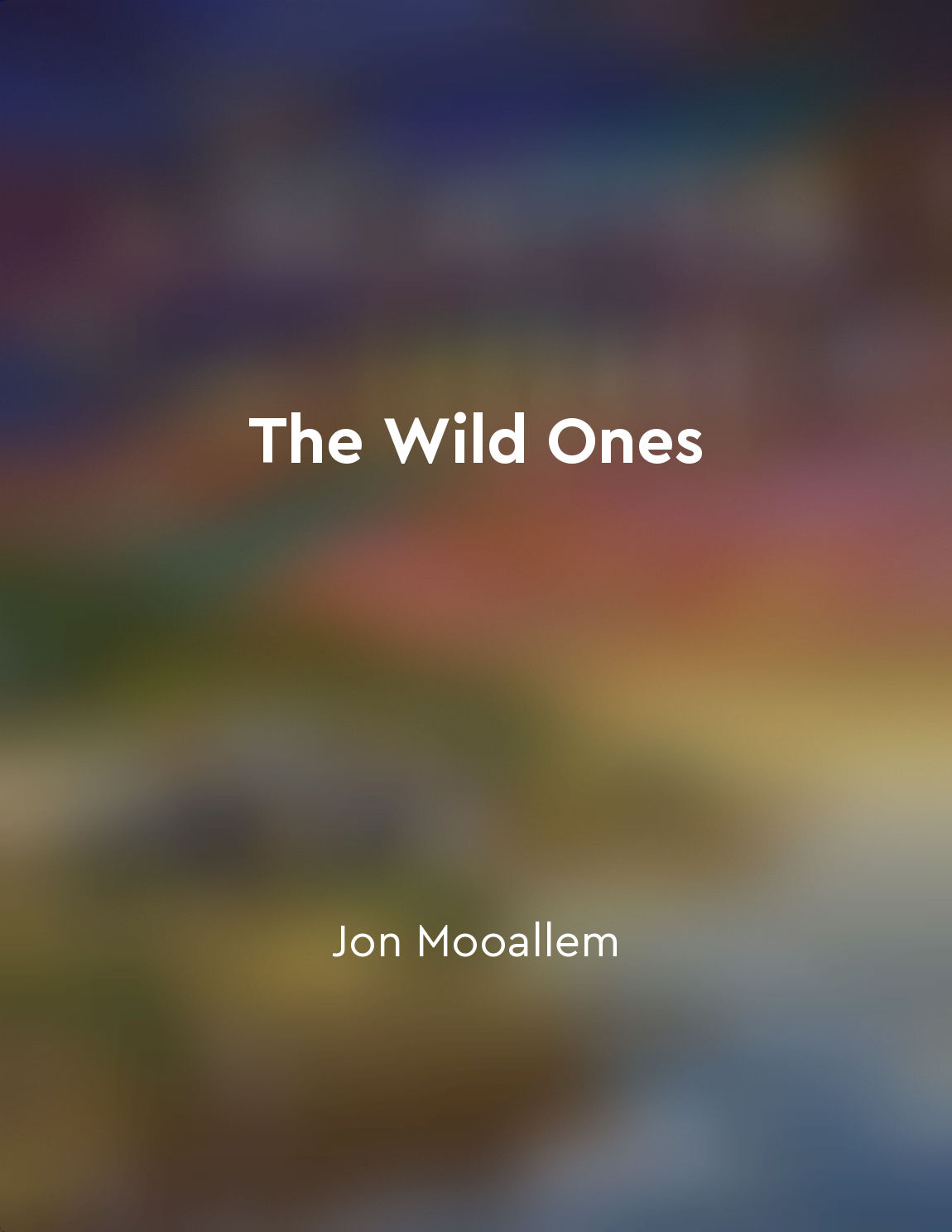The impact of human behavior on wildlife habitats from "summary" of The Wild Ones by Jon Mooallem
Human behavior has a profound impact on the habitats of wildlife. As humans expand and develop, they encroach upon the territories of animals, disrupting their natural environments. This disruption can lead to a loss of habitat for wildlife, forcing them to adapt to new surroundings or find alternative habitats. One example of human behavior affecting wildlife habitats is urbanization. As cities grow, they consume more and more land, fragmenting natural habitats and displacing wildlife. Animals that once roamed freely are now confined to smaller and smaller areas, making it difficult for them to find food, water, and shelter. Pollution is another way in which human behavior impacts wildlife habitats. Chemicals, waste, and debris can contaminate water sources, poison plants, and animals, and destroy ecosystems. Pollution not only harms wildlife directly but also affects the entire food chain, leading to a cascade of negative effects on the ecosystem. Climate change, largely driven by human activities such as burning fossil fuels and deforestation, is altering habitats for wildlife around the world. Rising temperatures, changing weather patterns, and sea-level rise are forcing animals to adapt or face extinction. Many species are struggling to survive in the face of these rapid changes to their habitats. Human behavior also plays a role in the destruction and degradation of wildlife habitats through activities such as logging, mining, agriculture, and hunting. These activities can destroy forests, wetlands, grasslands, and other critical habitats for wildlife, leading to population declines and loss of biodiversity. It is essential for humans to recognize the impact of their behavior on wildlife habitats and take steps to mitigate these effects. Conservation efforts, habitat restoration, sustainable practices, and responsible development are all ways in which we can help protect the habitats of wildlife and ensure their survival for future generations. By understanding the interconnectedness of all living things and the delicate balance of ecosystems, we can work towards coexisting with wildlife in a more harmonious and sustainable way.Similar Posts
Forests reclaim abandoned farmland
In regions where farmers have moved on, nature gradually takes over. As plows are put aside, trees and bushes start to reclaim ...
Seeking inner peace through nature
In the depths of the wilderness, far removed from the chaos of civilization, one can find solace and tranquility. Nature has a ...
Ecosystems are under threat from human activity
Human activities have brought about significant changes to ecosystems. We have altered the very foundation of the natural world...
The changing landscape of Selborne reflects the passage of time
The village of Selborne has seen many changes over the years, as the passage of time has left its mark on the landscape. The ol...
An accident causes identity crisis
In the wake of a devastating accident, a person's sense of self can be shattered, leading to a profound crisis of identity. Thi...
Future of AI uncertain
The future of artificial intelligence is uncertain. AI has the potential to bring immense benefits to humanity, from solving co...
Evolutionary relationships can be studied through comparative anatomy and molecular biology
To understand evolutionary relationships, scientists often turn to comparative anatomy and molecular biology. Comparative anato...

Plant and animal interactions
Plants and animals interact in a variety of ways in nature. These interactions can be beneficial, such as when animals pollinat...

Meteorology deals with the study of the atmosphere and weather patterns
Meteorology is a branch of science that is concerned with the study of the atmosphere and weather patterns. This field of study...
Deserts are dynamic ecosystems
Deserts, far from being vast, lifeless wastelands, are in fact teeming with life and constantly changing. The idea of deserts a...

